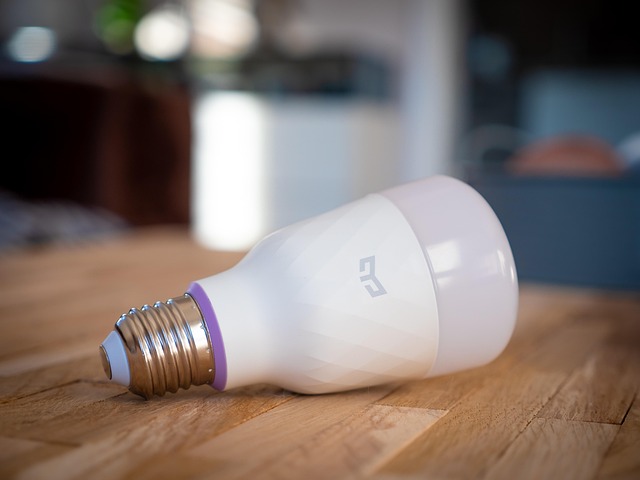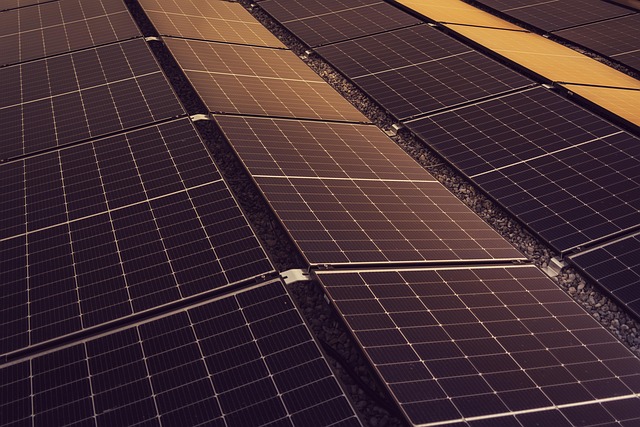In an era where the effects of climate change are profoundly felt around the globe, the importance of sustainable design has never been more crucial. As we stand on the brink of what many are calling the fourth industrial revolution, the integration of sustainable principles into innovative design practices is fast becoming a necessity rather than an option. Sustainable development is not just a buzzword; it represents a commitment to creating solutions that respect and preserve our planet for generations to come.
Sustainable design seeks to minimize the ecological footprint, a term that encapsulates the environmental impact of our activities. By using resources such as renewable energy and minimizing waste, sustainable design can significantly reduce the negative consequences of traditional manufacturing and consumption. Modern architects and designers are now prioritizing the use of recycled materials, energy-efficient processes, and eco-friendly technologies. Innovations such as green roofs, sustainable materials, and energy-efficient systems exemplify how forward-thinking design practices can lead to breathtaking spaces that harmonize with nature.
Moreover, the role of green technologies in advancing sustainable design cannot be overstated. Technologies that harness solar, wind, and geothermal energy are game-changers in reducing reliance on fossil fuels. Smart home systems, for example, can optimize energy consumption, enhance comfort, and significantly lower utility bills while contributing to a healthier planet. With the advent of these technologies, designers can implement solutions that don’t merely aim to reduce negative impact, but actually work towards a carbon-neutral future.
As individuals, businesses, and governments begin to understand the urgency of transitioning to a carbon-neutral economy, the integration of sustainable design into innovation strategies becomes increasingly vital. We can no longer afford to see sustainability as an afterthought; it must be at the forefront of our design and decision-making processes. This will not only better our ecological environment but will also create economic opportunities, encourage resource efficiency, and foster community resilience.
In embracing sustainable design, we are not just acting out of responsibility; we are embracing an opportunity to redefine the way we interact with our environment. This shift towards sustainability will be driven by innovative thinking and the courage to reimagine our built environment. From urban planning to product design, the application of sustainable principles is essential to ensure that every aspect of our lives aligns with the goal of a more sustainable, equitable, and carbon-neutral future.




